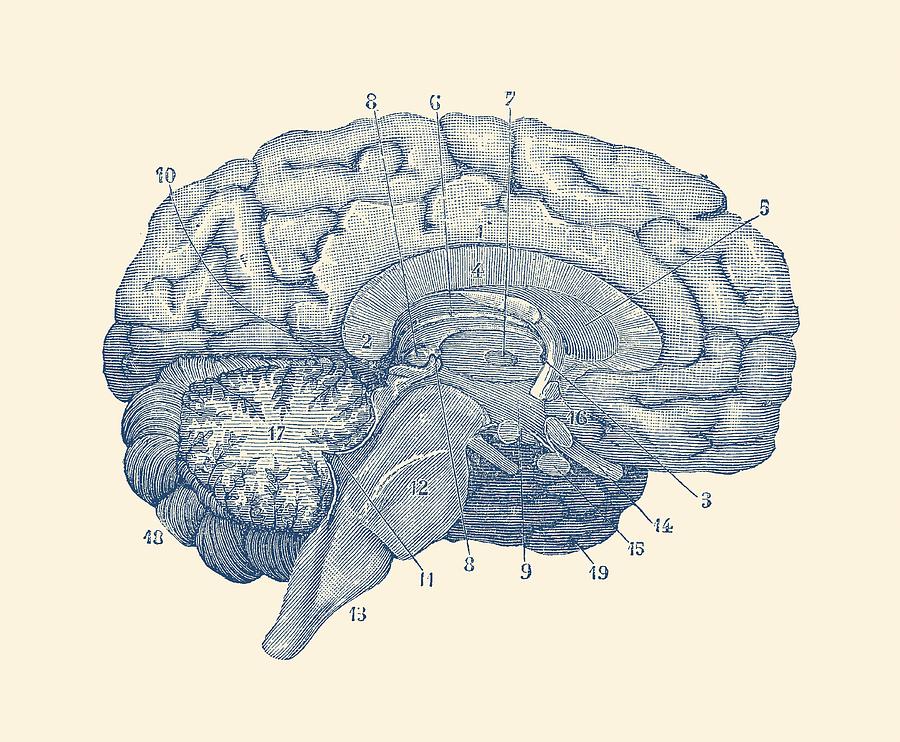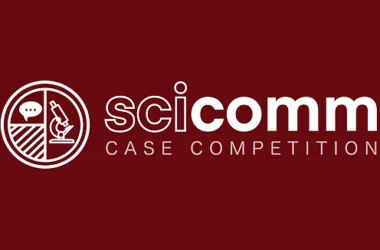Before writing was used as a means for communication, ancient civilizations relied on pictorial representations of objects, which included visual representations of medical concepts. Medical illustrations date back to 15,000 BCE, and have continued to evolve over time. Over the course of many millennia, advancements in art and technology have accelerated the field of medical illustration.
Today, the industry represents a small yet diverse group of medical professionals who are trained in both medicine, specifically the study of anatomy, as well as media and visual communication.
Jean-Paul Acco, a former medical illustrator at the Montreal Neurological Institute and Hospital, spoke about his experience in the field over the last three decades.
“[My] role as a medical illustrator [was] to try to make things understood,” Acco said in an interview with The McGill Tribune. “Back in the ‘90s, [medical] students would explain their project to me and I would then make the illustration.”
Being a medical illustrator often demands working with other professionals like writers, photographers, and filmmakers toward the holistic communication of complex concepts. Medical illustrators work with photographers when documenting surgical procedures to detail or enhance the part of the body or procedural aspect they wish to portray in their illustrations.
Dr. Nancy Posel, director and co-founder of the Patient Education Office at the McGill University Health Centre (MUHC), believes medical illustrations are essential to improving patient care.
“For [many] patients, the issue is one of literacy,” Posel said in an interview with the Tribune. “[Medical] literacy levels in North America are very low. Therefore, if you are doing illustrations, […] do it from a pedagogical perspective and keep it very simple. [Patients] simply need to know how they can best take care of themselves.”
Numerous studies have shown that visual aids help patients better understand medical information that doctors otherwise provide verbally.
Posel recognizes that, depending on the audience, communication styles differ. Medical illustration targeted for patient understanding would look very different from diagrams geared toward educating doctors.
Acco spoke to the heightened importance of medical illustration for understanding symptoms and diagnoses in times of crisis, such as the ongoing COVID-19 pandemic.
Although most people are aware of public health guidelines concerning COVID-19, misinformation and disinformation can prevent individuals from attaining a complete understanding of how the virus affects their physical wellbeing. Unable to see the damage that the virus can do to their bodies, it can be difficult for patients to understand its potential complications.
Medical art and illustration have realized the potential of visual communication since they make the unseen visible. Illustration can also bridge language barriers by communicating vital information as well as dispelling fears for audiences who speak a different language than their physicians.
“Images are needed to expand one’s comprehension,” Posel said. “They need to understand what could happen.”
Acco spoke to how illustration can help to prevent miscommunication and lack of compliance with public health directives. In depicting COVID-19 and its effects on the body pictorially, many who look past mask ordinances may think again before doing so.
“This is why you need the mask,” Acco said, as if speaking directly to the viewers of his drawings. “This is why it helps you. You want everyone to understand one thing.”
The transmission of medical information through visual media remains an essential communication tool between medical professionals, their colleagues, and their patients, not unlike early practitioners of millenia past. With the growth of digital media and improvements in the tools available to artists, medical illustrators will continue to imagine new ways of visualizing the body and its many ailments.







